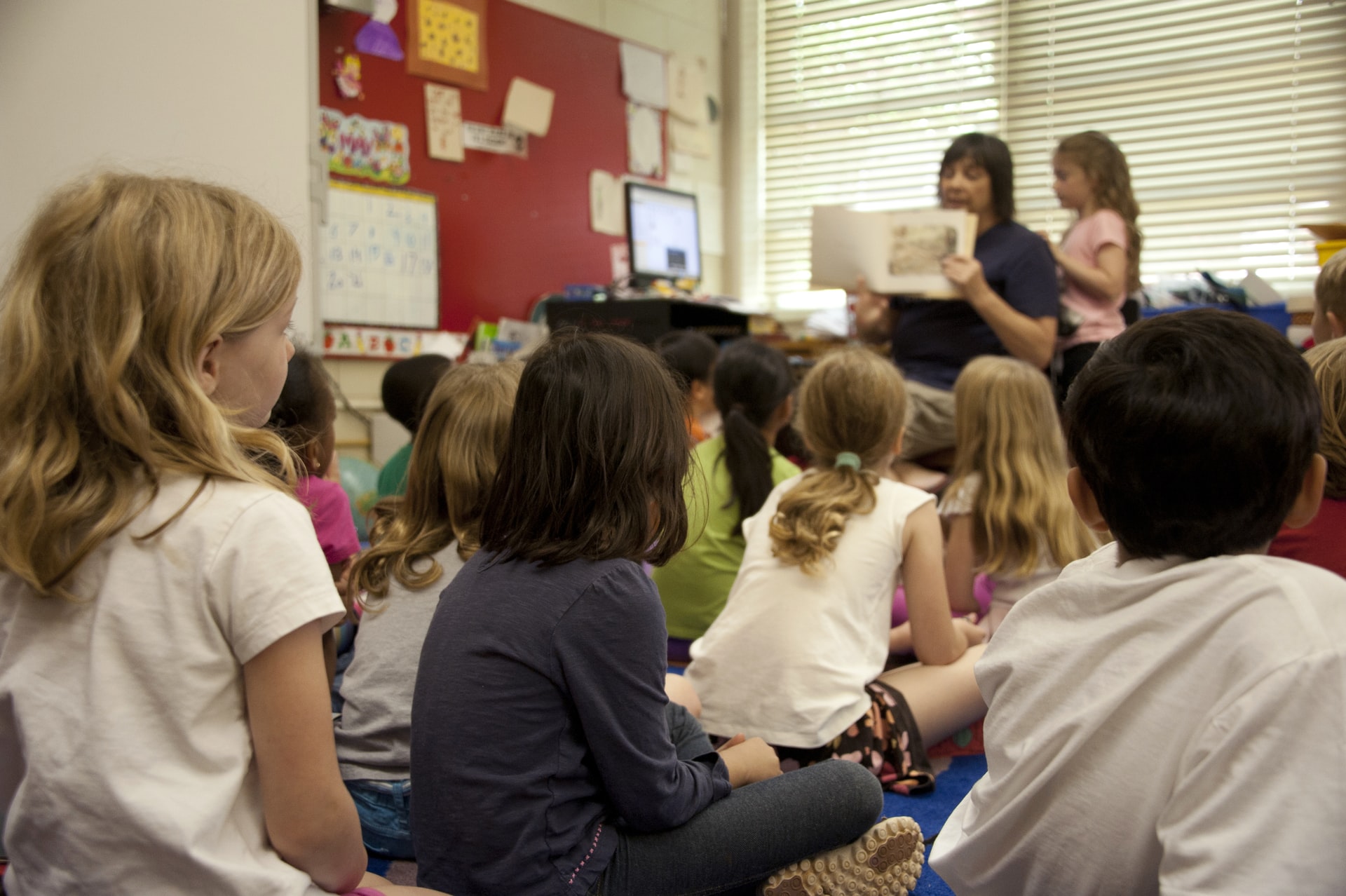Are you looking for techniques for supporting students who have trouble completing classroom tasks? If so, keep reading.
1. Organize time units so the student knows how long they have to work and when to be finished.
2. Make sure the student achieves success when following instructions.
3. Prioritize tasks by importance (e.g., task A must be done today, task B can be done today, and task C can wait until tomorrow).
4. Teach the student organizational and task conclusion skills (e.g., begin with a clean desk, read instructions carefully, collect all the appropriate learning materials, ask for assistance if needed, look for the main idea, follow examples given, answer questions you know first and leave those you are unsure of for last, etc.).
5. Assess the appropriateness of the task to determine (a) if the task is too easy, (b) if the task is too complicated, and (c) if the duration of time scheduled to finish the task is sufficient.
6. Give the student more than enough time to finish a learning experience. As the student shows success, slowly decrease the amount of time given to finish a learning experience.
7. Make sure the student knows that classwork not finished and turned in on time must still be finished and turned in at a later time.
8. Urge the student to realize that all behavior has negative or positive consequences. Urge the student to practice behaviors that will lead to positive outcomes.
9. Get the student to orally repeat the instructions to the teacher.
10. Get the student to explain to the teacher what they should do to finish the task.
11. Communicate clearly to the student the duration of time they have to finish a task. The student may want to use a timer to finish the tasks within the given period.
12. Praise the student for finishing the tasks or tasks during the time given: (a) give the student a concrete reward (e.g., privileges such as leading the line, handing out learning materials, 10 minutes of free time, etc.) or (b) give the student an informal reward (e.g., praise, handshake, smile, etc.).
13. Provide instructions orally to increase the likelihood of the student’s comprehension of class tasks.
14. Make sure the student knows the logical consequences for failing to finish tasks or tasks during the time given (e.g., students who do not finish their work are not allowed to do more desirable learning activities ).
15. Talk about the student’s duties at the beginning of each class period so they know what is expected.
16. Provide visibility to and from the student. The teacher and the student should be able to see each other at all times. Make eye contact possible at all times.
17. Minimize distracting stimuli (e.g., place the student on the front row, give a table or “office” space away from distractions, etc.). Use this as a way to reduce distractions, never as a punishment.
18. Get the student to gather all the learning materials appropriate to work on a project, task, etc., to lessen the need to search for learning materials and create unnecessary distractions.
19. Complete a few problems of the task with the student to serve as a model and start the student on the task.
20. Select a peer to help the student with class tasks.
21. Consider using an education app to help the student sharpen their organizational skills. Click here to view a list of apps that we recommend.





